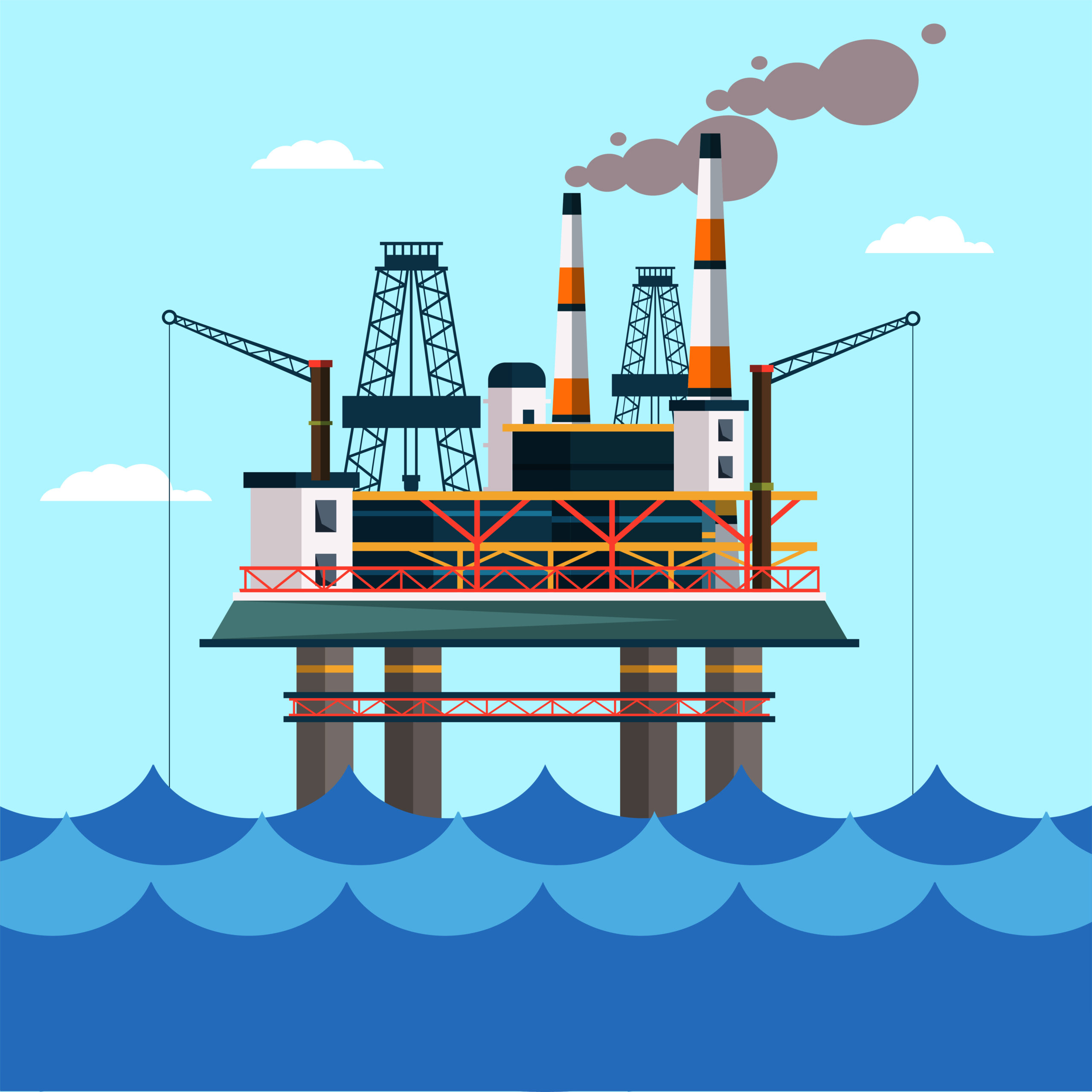Introduction to Deep Offshore Technology
Picture a subterranean universe where technological prowess and human creativity blur the lines between reality and science fiction. An emerging sector is testing the boundaries of what was previously believe to be achievable in our planet’s enormous, unexplored waters. Deep offshore technology is not only the last frontier in the energy and IT industries, but it also heralds a new age of discovery and advancement.
We have pushed farther into the abyss in search of resources and information since the first offshore drilling operation more than a century ago, thanks to breakthroughs. Deep offshore technology is at a unique juncture, caught between two worlds: the pressing need for energy on a worldwide scale and the growing interest in renewable energy sources.
The Science Behind Deep Offshore Operations
Venturing into the deep sea presents both peril and promise. Underneath the wave crest lies a harsh and merciless environment characterized by tremendous pressures, freezing temperatures, and total darkness. Drilling equipment that can endure pressures of up to tens of thousands of PSI and submersibles that can survey the ocean bottom with pinpoint precision are just two examples of the state-of-the-art engineering that is needed to overcome these problems.
In this conquest, robotics and AI play a crucial but often overlooked role. Work that is too risky or difficult for people to do may done by AUVs and ROVs or remotely controlled vehicles. They are a perfect example of our technical capability; they can fix pipes, do seismic surveys, and explore ecosystems with little to no human intervention, all under the control of algorithms.
Key Innovations in Deep Offshore Technology
The annals of deep offshore innovations are brimming with marvels. Breakthroughs in metallurgy and bioengineering have led to corrosion-resistant materials for longer-lasting infrastructure. Subsea processing technology allows us to separate oil, gas, and water on the seabed, substantially reducing the footprint of offshore operations.
Technological leaps have also made in communication and power transmission. Through fiber optics and even laser-based communications, we can send data across vast oceanic distances in a blink. Subsea power grids enable us to tap into the deep-sea energy fields and renewable sources with far greater efficiency, reshaping the economics of energy extraction.
Environmental and Economic Impact
Deep offshore technology does not exist in a vacuum. Its environmental footprint is as much a topic of consideration as its economic benefits. On the one hand, there’s an argument for reduced CO2 emissions compared to traditional methods when using gas hydrates or deep-sea methane clathrates. Yet, the risk of ecological disruption and oil spills poses significant concerns. It is through conscious innovation and stringent regulations that we mitigate these risks for an ecologically sound approach to deep-sea operations.
Economically speaking, the wealth lying beneath the ocean floor is immense. Yet, the cost of tapping into these resources is equally substantial. With developments in technology, however, these costs are being driven down, slowly but surely strengthening the business case for deep-sea projects.
Future Outlook
Looking ahead, the frontier of deep offshore technology glimmers with potential. We’re glimpsing the rise of more autonomous systems that are more intelligent and reliable than before. Innovations in material science promise even more resilient infrastructure. And most excitingly, the convergence of renewable energy technologies with deep offshore operations points toward a more sustainable approach to ocean resource utilization.
Conclusion
From the grit of the industrial age to the edge of the innovation era, deep offshore technology stands as a testament to our relentless pursuit of progress. It’s the marriage between forerunning deep-sea engineering and ambitious ecological stewardship that will dictate the narrative of this sector.
In this endeavor, we lean on visionaries like Dr. Sylvia Earle, whose advocacy for ocean conservation reminds us of our responsibility. Industrial magnates such as Elon Musk, with his ventures into AUVs, and Peter H. Diamandis, who champions the XPRIZE for ocean health, exemplify the drive for responsible and innovative exploration.
Through the lens of projects like Deepwater Horizon, we are shown the paramountcy of safety and environmental care. Ocean Infinity’s autonomous hunts are a beacon of modern exploration, revealing the untapped potential of robotics and AI. With the BP Thunder Horse and Equinor Hywind Tampen projects, we bear witness to the future of sustainable energy production.
In closing, may each advancement be a stepping stone for the next, leading us toward an era where deep offshore technologies not only power homes but also empower global stewardship of our blue planet. The abyss awaits, and within it, the future of innovation and sustainability is written.




